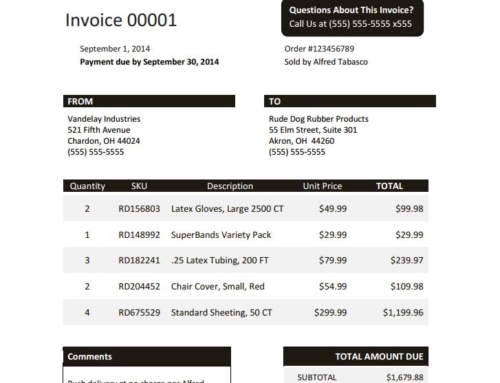Credit Collections Management Software (CCM) is a suite of integrated business applications that extend a company’s accounts receivable and accounting system to facilitate credit management, billing and invoicing, remittance processing, dispute management, and collections processes.
According to Paystream Advisors, credit collections management software functionality varies widely by publisher but typically supports six key functional areas – credit facilitation, billing and invoicing, remittance processing, collections management, dispute resolution, and reporting and analysis. Below are some important features that exist within credit collections management software.
- Includes credit scoring, credit application processing, reference checking, ordering credit reports from credit bureaus, financial statement analysis, new account approval, order approval, credit limit decisions, accounts receivable portfolio monitoring and credit risk management.
- Involves identifying invoice errors, ensuring vendor compliance, generating an accurate invoice; generation, transmittal and distribution of invoices and statements; trade promotion planning; contract management; Electronic Invoice Presentment and Payment (EIPP); and Electronic Bill Presentment and Payment (EBPP).
- Typically includes financial EDI (Electronic Data Interchange), EFT (Electronic Funds Transfer including ACH, Automated Clearing House), auto-cash algorithms and routines, payment-to-invoice matching, cash settlement, cash forecasting, as well as credit card processing and matching already-on-account credits, debits, and unapplied payments or adjustments.
- Includes workflow automation driven by a collection strategy engine, prioritized collection activities, integration of A/R data, a reminder system, activity logs, account and invoice level notes, integrated communication tools, faxing capabilities, e-mail, invoice reprinting, other forms of data export, payment plan calculators, imaging tools, and auto-dialers.
- Includes dispute and deduction resolution, charge-back processing, exception reporting with automated escalation processes, a routing engine, collaboration tools, document sharing, and tools for root cause identification.
- Including cash forecasting, dashboards, email alerts, query capabilities, out-of-the-box reports, report generators, workload balancing, exception reporting, cycle time analysis, portfolio risk management, customer intelligence, and month end reporting tools.
Credit Collections Management Software automates all these manual tasks for you so that you’re spending less time doing manual data entry and sending out invoices one-by-one. It is amazing how much time can be saved by using credit collections management software, some have saved up to 600 hours of accounts receivable time.[vc_cta h2=”THE ROI OF ACCOUNTS RECEIVABLE SOFTWARE” txt_align=”center” color=”turquoise” el_width=”xs” add_icon=”bottom” i_type=”entypo” i_icon_entypo=”entypo-icon entypo-icon-doc-text” i_color=”grey” i_background_style=”rounded” i_background_color=”turquoise” i_size=”xl” i_on_border=”true” i_link=”url:http%3A%2F%2Flockstep.io%2Froi-accounts-receivable-software%2F|||”]
Find out how much credit collections management really costs and how much it can truly save you.
Read the guide here.
[/vc_cta][/vc_column][/vc_row]




